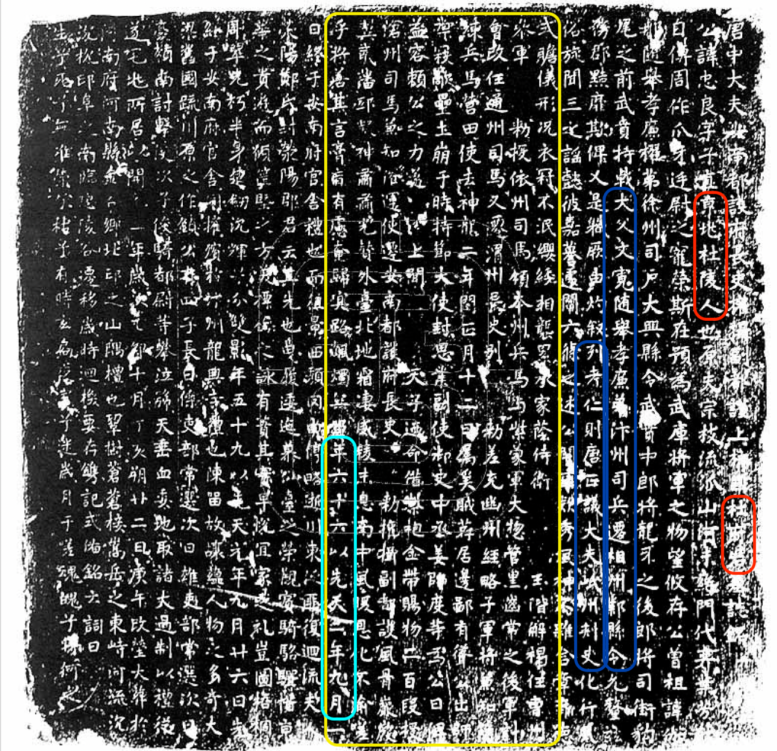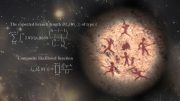
Researchers studying tomb epitaphs from medieval China’s Tang Dynasty have uncovered evidence that education significantly influenced social mobility, similar to its role in modern times. The Imperial Exam, or Keju, was identified as a key factor in promoting meritocracy over aristocracy, illustrating the long-standing impact of education on career advancement and social status. Credit: SciTechDaily.com
Demographic information derived from Chinese tomb inscriptions from the 7th to the 10th centuries mirrors sociological trends observed in the United States during the 1960s and 1970s.
When investigating social mobility within modern industrialized countries, scholars often utilize information from sources like the World Economic Forum or the General Social Survey in the United States. However, exploring similar trends in previous centuries presents a greater challenge, as obtaining pertinent statistical data from those periods is much more difficult.
However, a social science research team has now discovered a way to examine professional advancement in medieval China (618-907 CE) by drawing from the tomb epitaphs during the Tang Dynasty. These epitaphs contain the ancestral lineages, names, and office titles (e.g., Minister of Personnel, Minister of the Court of Judicial Review, and Palace Deputy Imperial Censor) of the deceased’s father and grandfather as well as the deceased’s career history and educational credentials—ample data points for measuring social mobility across generations.
Notably, their analysis shows that education during this period was a catalyst for social mobility.
The Significance of Epitaphs
“Epitaphs written in medieval China, including the Tang Dynasty, tend to be highly detailed descriptions of an individual’s life with stylized prose and poems, and they contain granular information about the ancestral origins, family background, and career history of each deceased individual,” says Fangqi Wen, an assistant professor of sociology at Ohio State University.
“This information, to some extent, mirrors what would have been included in a contemporary social mobility survey,” adds Erik H. Wang, an assistant professor in NYU’s Department of Politics.

The rubbing of a tomb epitaph of a deceased elite (Du Zhongliang 杜忠良) in the Tang Dynasty. Red = surname and choronym; Blue = grandfather and father’s full name and office rank; Yellow = the deceased elite’s career trajectory; Green = age at death and time of death. Credit: Image courtesy of the National Library of China
Wang studies historical political economy while Wen examines social mobility in contemporary societies. After recognizing the high level of data quality embedded in these epitaphs, they realized that the artifacts were a vessel that merged their scholarly interests. Later they recruited the NYU professor of sociology Michael Hout, Wen’s dissertation advisor and a leading scholar on social stratification and mobility, to join the project.
Findings from the Tang Dynasty
Their findings, which appear in the Proceedings of the National Academy of Sciences (PNAS), show that the patterns of relationships of social origins, education, and adult achievement somewhat resemble the patterns in the United States in the 1960s and 1970s. In drawing from 3,640 epitaphs of males as well as other data from reliable historical sources, such as dynastic records and third-party compiled genealogies, the researchers’ analysis revealed a decline of Chinese medieval aristocracy and the rise of meritocracy 1300 years ago.
The researchers discovered a specific reason for this development: whether or not the deceased passed the Keju, or the Imperial Exam, which was developed during this period for the purposes of selecting officials for civil service posts. They found that the Keju, which was administered until the early 20th century, served as a catalyst for social mobility—much as higher education has done in the U.S. since at least the 1960s.
“Our statistical analysis shows that coming from a prominent ancient great house or ‘branch’
mattered less for career success in the bureaucratic system after roughly 650 CE while passing the Keju came to matter more,” the authors write. “Furthermore, passing the competitive exam may have even equalized chances of subsequent success, as a father’s status was not a factor in the bureaucratic rank of men who passed the Keju.”
“Education is central to our understanding of intergenerational mobility,” observes Hout. “Many think it was a 20th-century development. But, as we can see from centuries-old data, there are phenomena linking origin, education, and careers very much like contemporary patterns.”
Reference: “Social mobility in the Tang Dynasty as the Imperial Examination rose and aristocratic family pedigree declined, 618–907 CE” by Fangqi Wen, Erik H. Wang and Michael Hout, 18 January 2024, Proceedings of the National Academy of Sciences.
DOI: 10.1073/pnas.2305564121









Be the first to comment on "1300 Years Ahead: How Medieval China Pioneered Modern Social Mobility Trends"